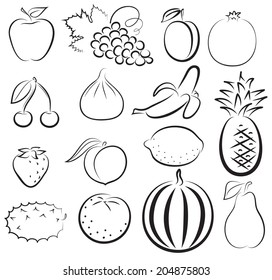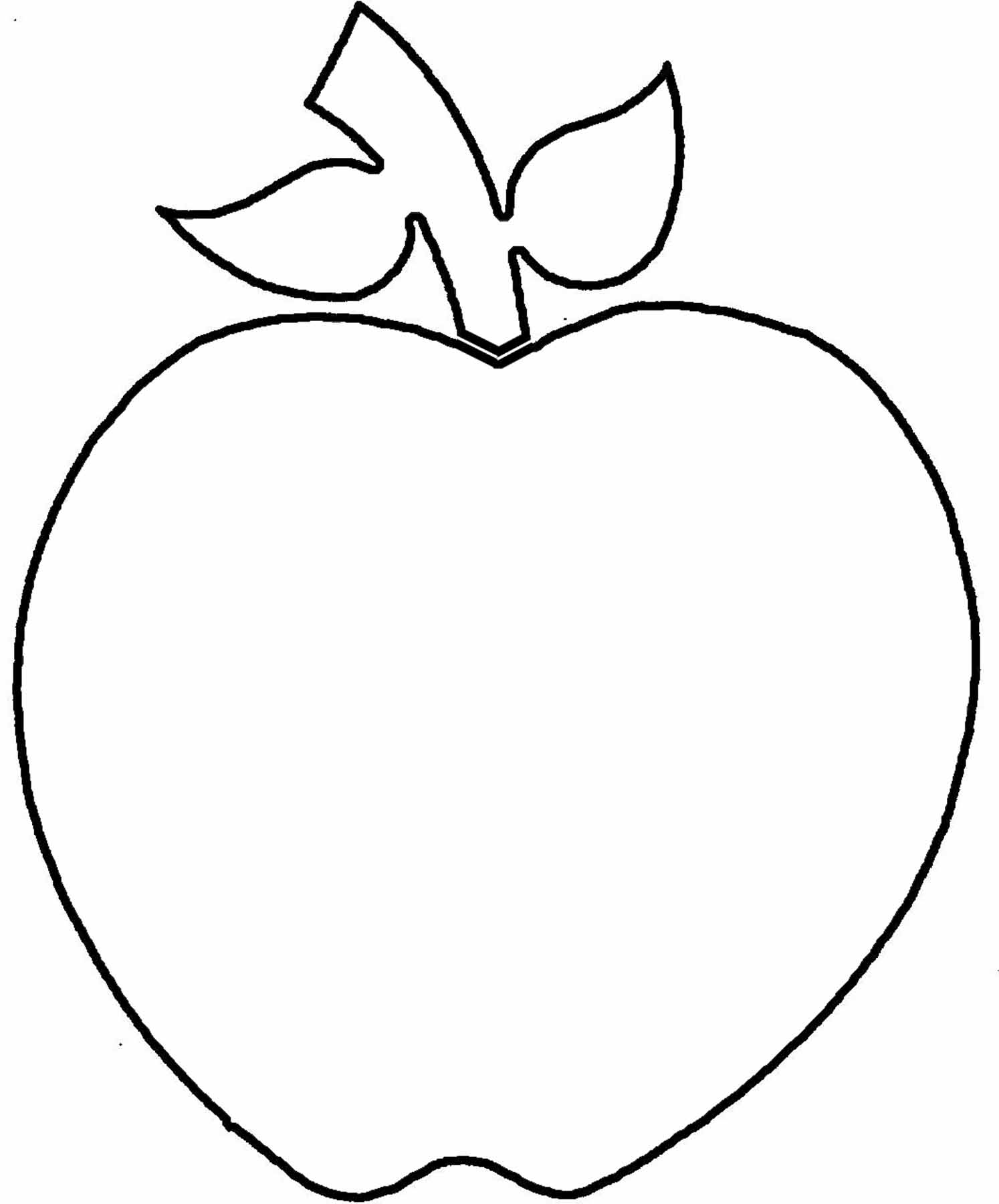

You’ll notice it when you look in a mirror, or when you get a close-up view of a snowflake. The STEAM (Science, Technology, Engineering, Art, and Math) Behind the Fun Look up pictures of pointillist paintings to get ideas. Step 10: Ask your child to identify which fruit or vegetable made which prints, based on their earlier observations.Ĭreative Enrichment: Encourage your child to use small, circular fruit like half a grape or blueberry to make a pointillist painting, which is a painting made of lots of dots.

For example apple, orange, apple, orange, apple, orange, and so on. Step 8: Ask your child to create patterns.
Step 7: Encourage your budding artist to dip a few interesting pieces of the cut fruit and veggies into the paint. Step 6: Spread paint on several plates, so there are different colors to choose from. Step 5: Save some of the fruits and veggies to snack on! Can she describe how the apple cut from side to side looks different? Step 4: Hold up two halves of a second apple which has been cut horizontally through the middle. Let your child put the apple halves back together and pull them apart again. Ask your child whether the halves of fruit are mirror images of each other. Step 3: Hold up two halves of an apple cut from top to bottom on the mid-line. Can she identify which things are fruits and which are vegetables? Encourage her to look for seeds and natural patterns, like star shapes, in the fruit. Step 2: Teach your young learner that if something has seeds, it’s called a fruit. Ask your child to cut some softer fruits or vegetables the same way, using a safe plastic knife. Divide fruit vertically and horizontally, to compare. Step 1: Cut fruits and vegetables in half so that you can see seeds and shapes inside. Your child will have fun cutting grapes, mushrooms, and strawberries with a plastic knife. Safety Tip: Parents should handle cutting larger or tougher produce like apples, oranges, peppers, and carrots.


 0 kommentar(er)
0 kommentar(er)
